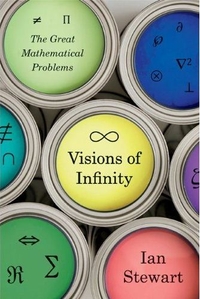Life's Other Secret: The New Mathematics of the Living World
Ian Stewart. John Wiley & Sons, $24.95 (304pp) ISBN 978-0-471-15845-5
Without disputing the importance of biological research, Stewart (Does God Play Dice?), author of the ""Mathematical Recreations"" column in Scientific American, claims that a deeper understanding of living systems will arise only through mathematical analysis. ""This does not mean that biology can be reduced to mathematics,"" he notes, but that ""the physical patterns... exploited by genes"" can be shown to be mathematically governed. His examples, demonstrating how mathematical advances are capable of providing insight into a broad range of biological phenomena, are intriguing but may prove somewhat difficult and arcane for many readers. From a description of locomotion across a wide spectrum of animals, to explanations of their spots and stripes and their behavior in groups, Stewart illuminates how the principles of mathematics invariably lead to emergent properties not present in the component parts of an animal's physiology. Harder to follow still are the molecular-level explanations of DNA and RNA couplings and coilings, where Stewart questions the distinctions we use to separate life from non-life. Stewart has great optimism and ample vision, believing that ""there may be a new kind of mathematical theory out there in the intellectual darkness""--one that gives satisfying answers to why the patterns he maps play out the way they do, both at the molecular level and for large-scale systems like coral reefs (to which he devotes an admittedly speculative chapter). Unfortunately, at this nascent stage, Stewart can provide only the faintest outlines of such a theory. (Feb.)
Details
Reviewed on: 12/01/1997
Paperback - 308 pages - 978-0-471-29651-5


